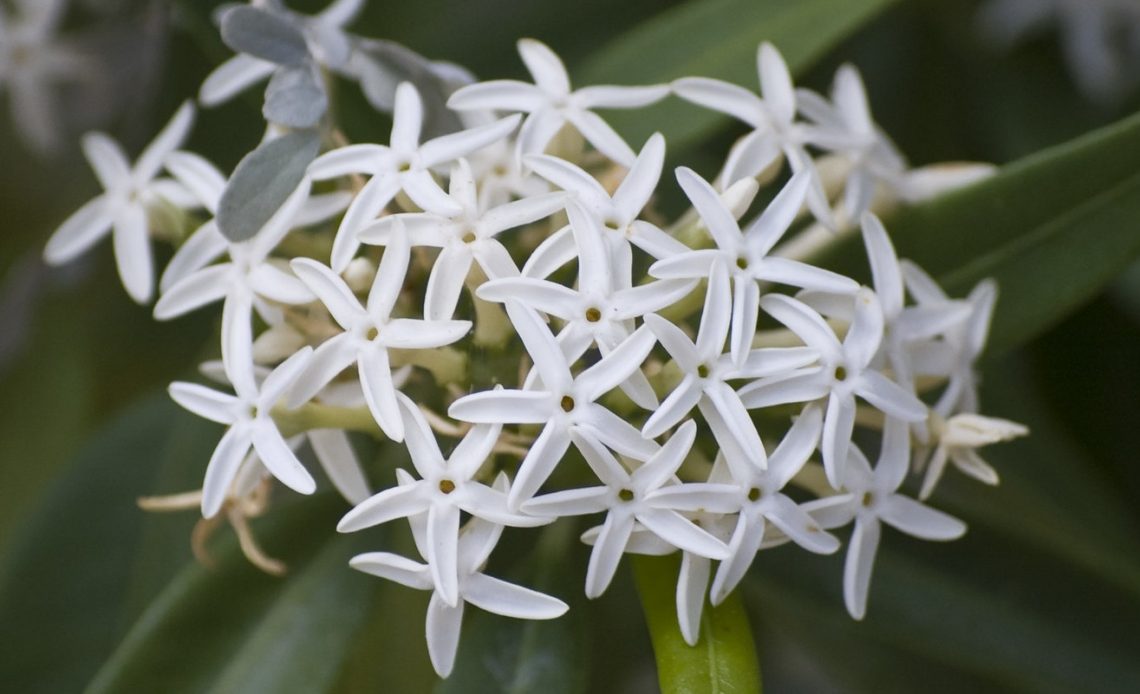

We’re here to help! Wild Yards is a completely free website that is 100% dedicated to helping you create a wildlife-friendly, sustainable yard. Read more
WildYards is reader-supported. When you buy a product through a link on our site, we may earn a comission. Every product is independently selected by our (obsessive) editors and our reviews are unbiased and objective. Read more about our mission or our privacy policy.
Hummingbirds are some of the best-loved wild yard visitors – mainly thanks to their wonderful fluttering and gorgeous colors – but also because they are fantastic pollinators! Thankfully, hummingbirds will generally be attracted to the most colorful plants, blooms, and flowers. But do hummingbirds like jasmine in particular?
Hummingbirds love to get nectar and pollen from jasmine. These vine plants vary in terms of scent and color, however, they always prove to be favorites with hummingbirds across the seasons. Therefore, it may be a good idea to grow them alongside a variety of other colorful blooms in your garden.
Why do hummingbirds like jasmine?
Jasmine is a firm favorite of the hummingbird largely thanks to the fact it really stands out! Even its leaves and foliage are vibrant and enticing, and many smell sweet and fragrant enough to encourage hummingbirds to come fluttering from far away. While they are often white or cream, jasmine flowers are still highly eye-catching to the average pollinator.
Jasmine is a prime pick of the hummingbird also thanks to the fact that it is a tropical plant, and that it fares extraordinarily well in warm climates, out in the full sunshine. However, there are likely to be variations to some degree, as there are 200 different species of the jasmine plant!
The purple or star jasmine is a favorite with bees, for example – which means you can expect the same vines and blooms to bring hummingbirds fluttering into view, too. Crucially, jasmine is packed full of delicious nectar, which means hummingbirds are always likely to want to come and have a taste. Just as you’d expect to attract hummingbirds with gladioli, jasmine is generally a ‘safe bet’ as far as visitations are concerned.
Is jasmine difficult to grow?
If you’d like to grow jasmine in your garden to attract hummingbirds, be prepared for a little work. This is not the easiest vine or plant to grow and care for, however, the results more than make up for the effort.
Providing you offer summer-growing jasmine a healthy dose of sun – either out in the open or in partial shade – you will already be doing enough to prepare your plants for months of growth ahead. Of course, you need to be careful with watering – though you should not normally need to feed your jasmine vines more than once a week unless there is a period of drought or dryness.
Jasmine is a plant that will generally need pruning from time to time, and as it is a climbing plant, you will need to ensure that it has somewhere to climb and support itself. Pruning jasmine tends to be a job that will only take a few minutes, and it is normally a case of pinching their bloom tips and removing dead stems. Doing so is extremely important for the health of the plant when it comes to disease and future propagation.
Supporting your jasmine should also be relatively simple – train it to climb a fence shortly after planting, and gently weave them through and around trellises if you have them available.
Don’t forget, your jasmine will also need a good amount of drainage, and the top level of the soil should be fairly dry – up to the top inch, in fact, should be dry to the touch after watering. Beyond this, they thrive in generally moist soil, with a loamy mix tending to be the best choice for growth and flowering.
There are some varieties of jasmine that fare better in winter – and as there are hundreds of varieties, it pays to make sure you know the species of plant you are working with!
Do be careful, however, as jasmine is known to cause discomfort for hay fever sufferers – plant conservatively!
What species of jasmine will attract hummingbirds?
Hummingbirds are attracted to potted plants, hanging baskets, flowerbeds – the works – and it’s even better news that they normally won’t be too picky about the types of jasmine you plant to attract them.
For example, white jasmine, which is one of the fastest and furthest-growing species, is always likely to bring hummingbird visitors to your yard. Be warned, however, as these vines can grow up to 30 feet in height / length – you will need to make space for them! Many people choose Arabian jasmine as an alternative, as it tends to grow to around nine feet in height at tallest.
When it comes to winter jasmine, you may have more mixed results. That’s because some hummingbirds are amongst avian species that enter torpor, otherwise known as partial hibernation. They may not necessarily feed so much during the colder months as a result, though it is not unheard of to see hummingbirds looking for winter food.
Is jasmine the best plant to attract hummingbirds with?
Jasmine is just one of many different plants and flowers that will bring hummingbirds to your yard. However, while it takes some work to train and look after, it’s one of the most rewarding and reliable species for bird visitation. You may also wish to attract hummingbirds with hibiscus, however, for a little bit of variety!
